or Choose Chart
Bar Chart
This bar chart displays the comparison of data across multiple categories, with each bar representing a distinct value.
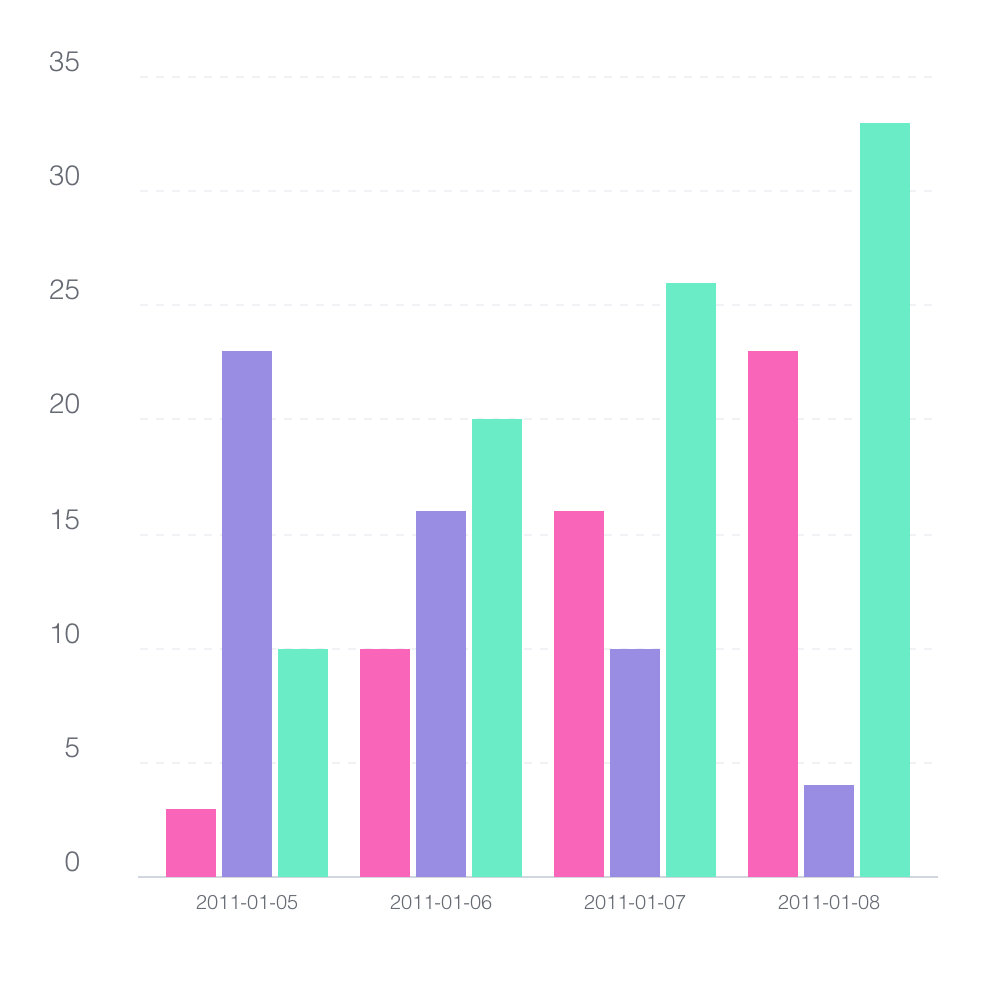
Pie Chart
A pie chart shows proportions of a whole as slices of a circle, with each slice representing a category's percentage.
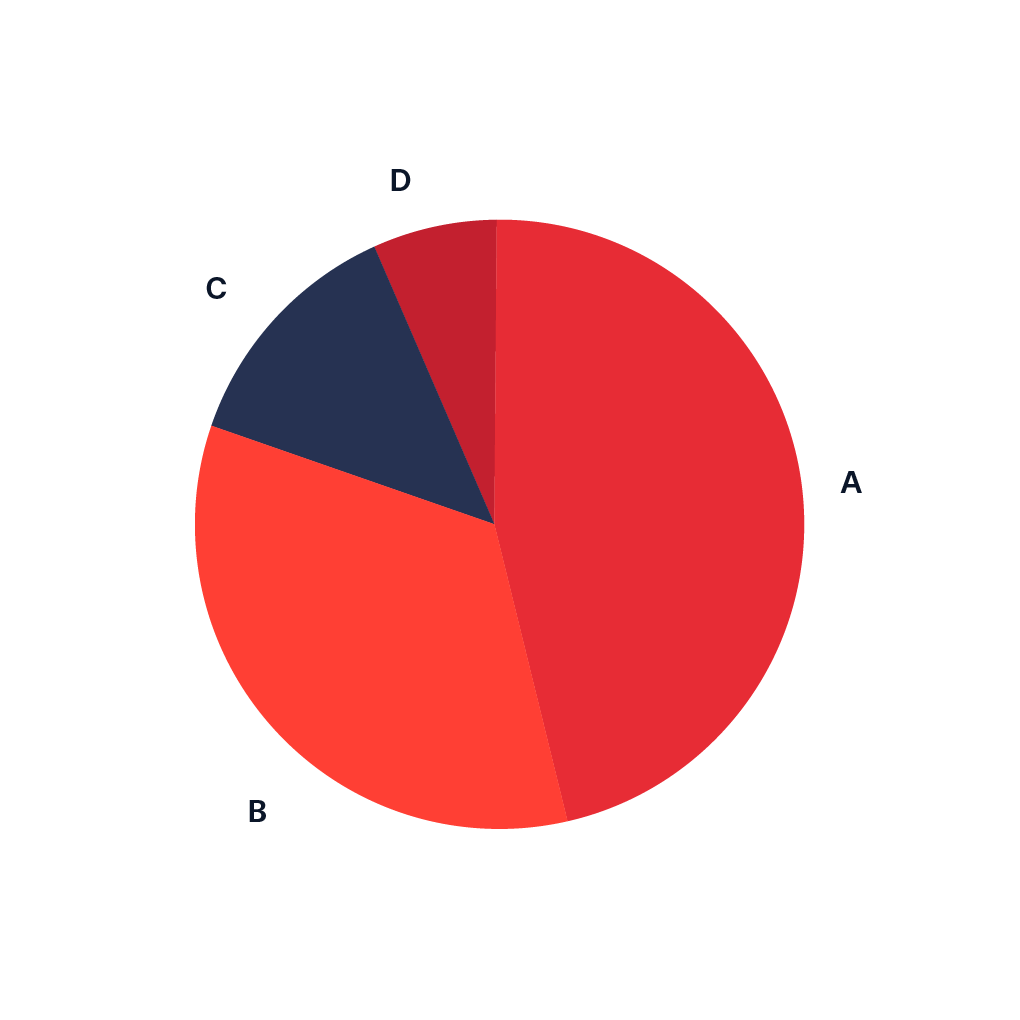
Line Chart
A line chart displays data points connected by straight lines, showing trends or changes over time.
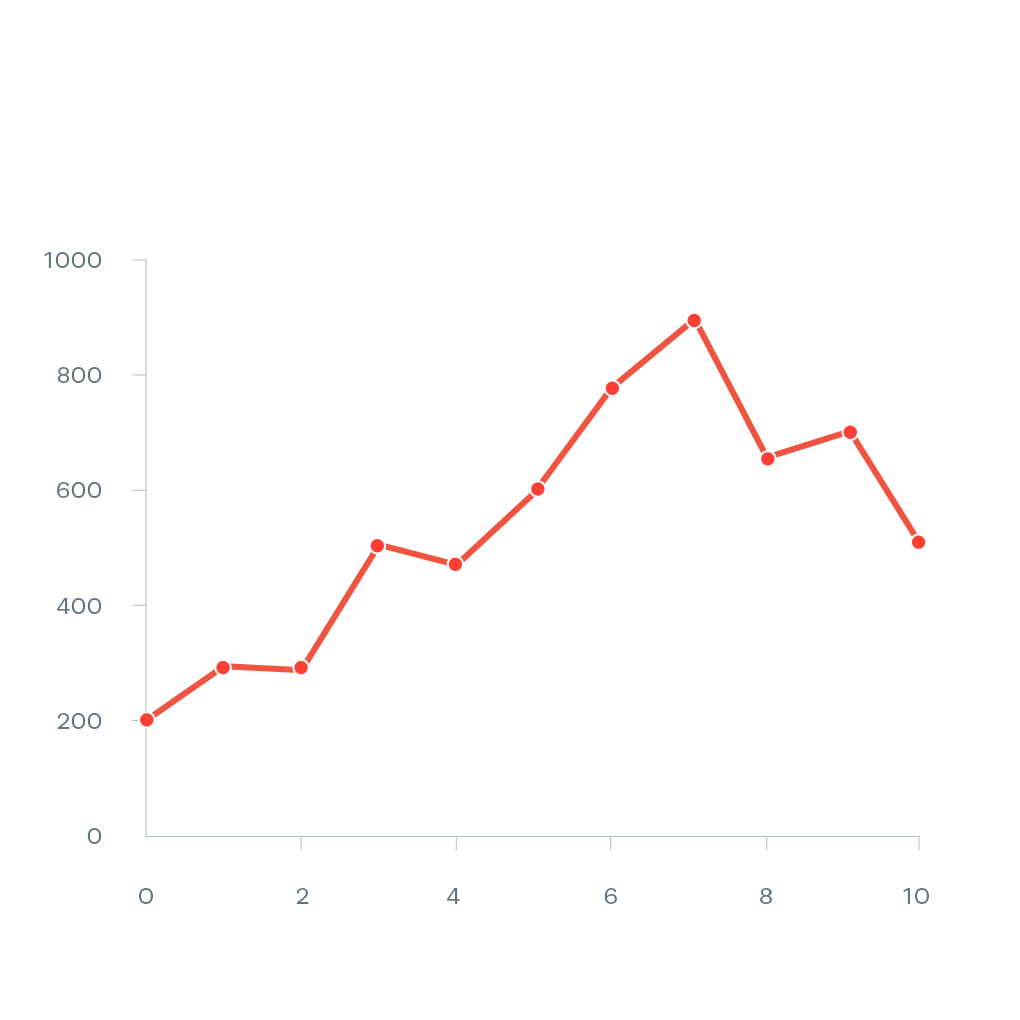
Network Graph
The network graph lets you draw a network of connected nodes and edges from a data set to a sheet.

Heatmap
A heatmap displays data values in a matrix format, using color gradients to represent the intensity or magnitude of values.
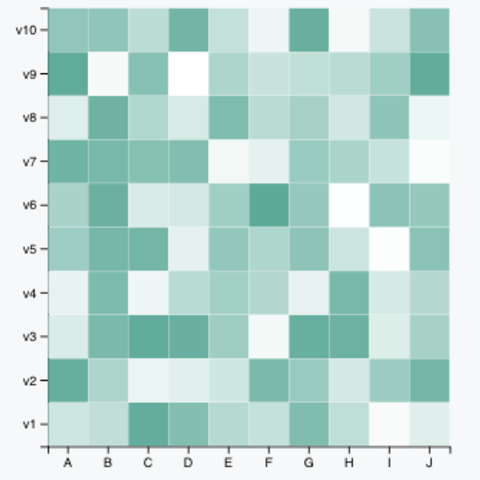
Sankey Diagram
A Sankey diagram visualizes the flow of resources, energy, or information between entities.
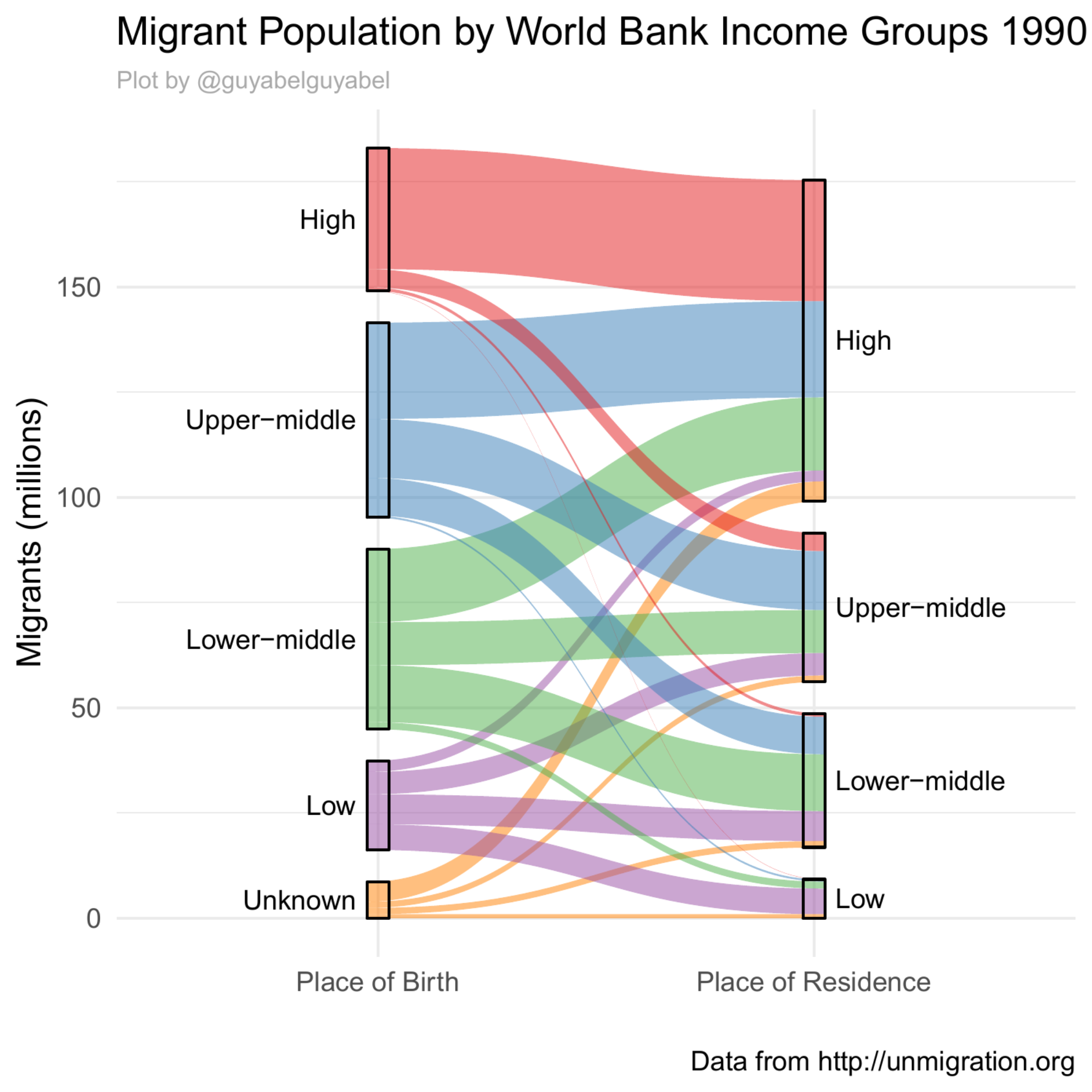
Area Chart
Area charts visualize data trends over time, with the filled area between line and axis highlighting magnitude and patterns in the data.
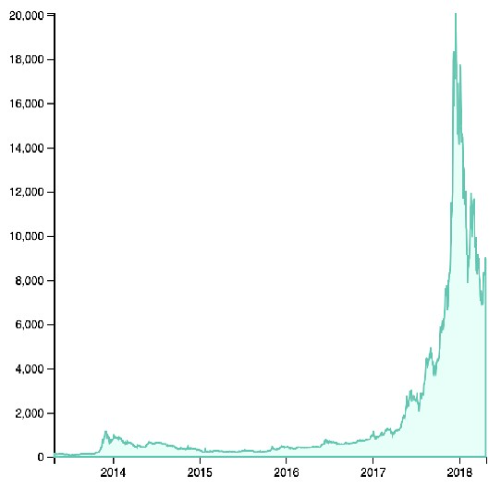
Funnel Chart
A funnel chart is a unique type of data visualization that provides a visual representation of data as it progresses through different stages of a process. This unique chart derives its name from its shape, which resembles a funnel with sequentially narrowing sections.
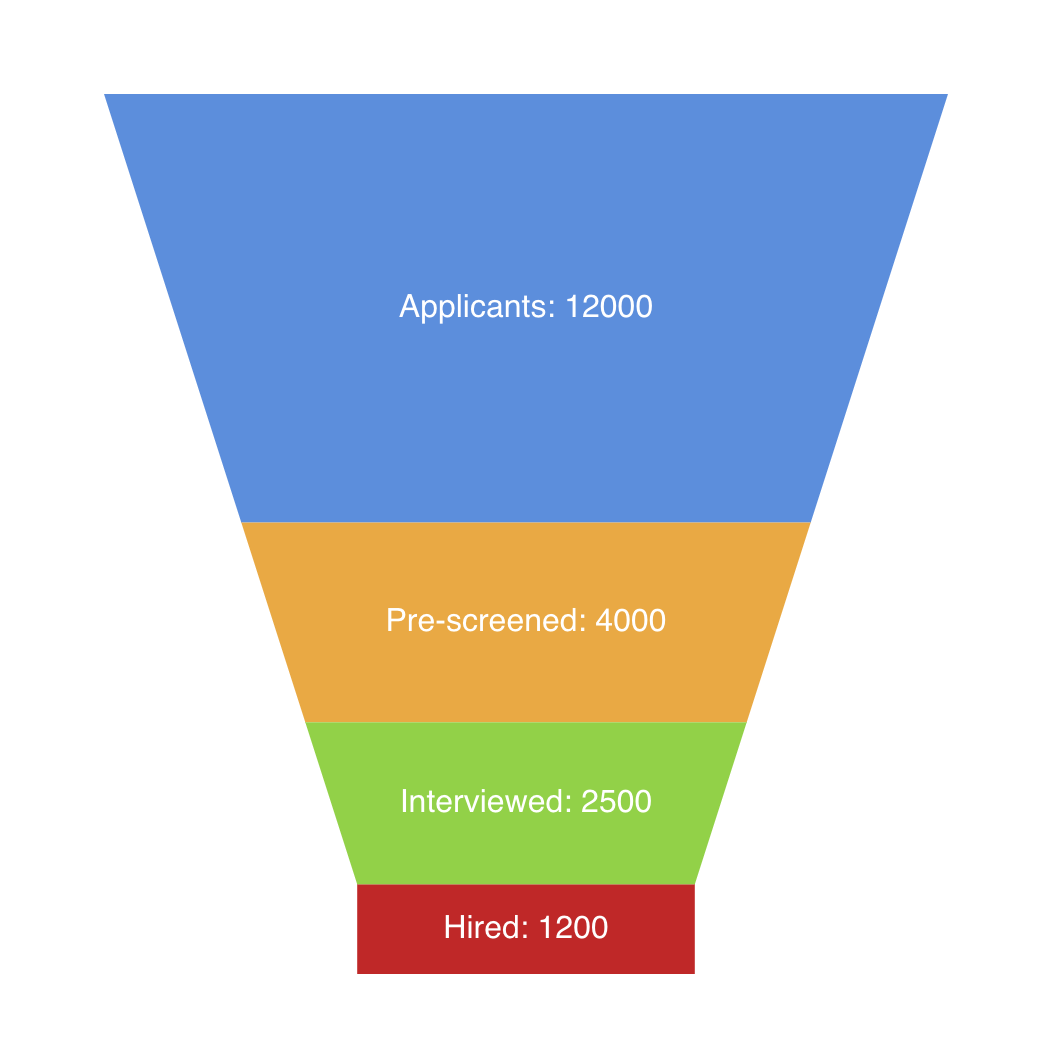
Bubble Chart
A bubble chart is a type of visualization that displays three or four dimensions of data using
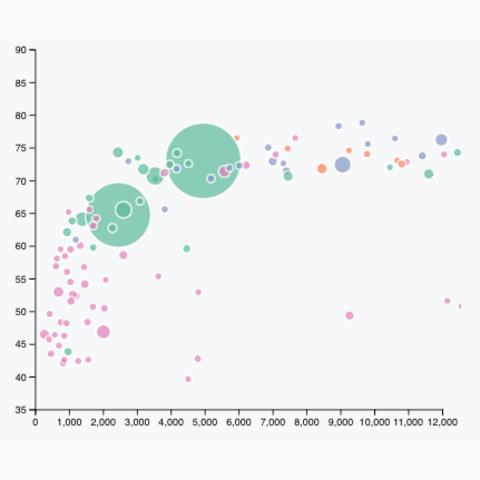
Scatterplot Chart
A scatterplot displays data points as dots on a two-dimensional plane, showing the relationship between two variables.
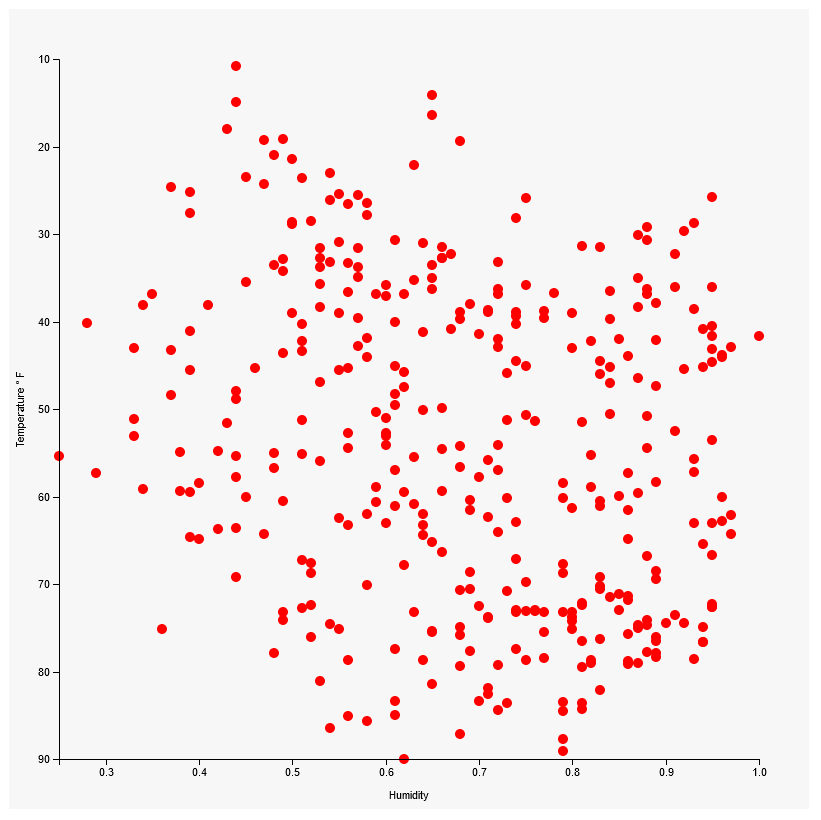
Candlestick Chart
A candlestick chart is a type of financial chart that displays the high, low, open, and close prices of a security over a specific period of time.
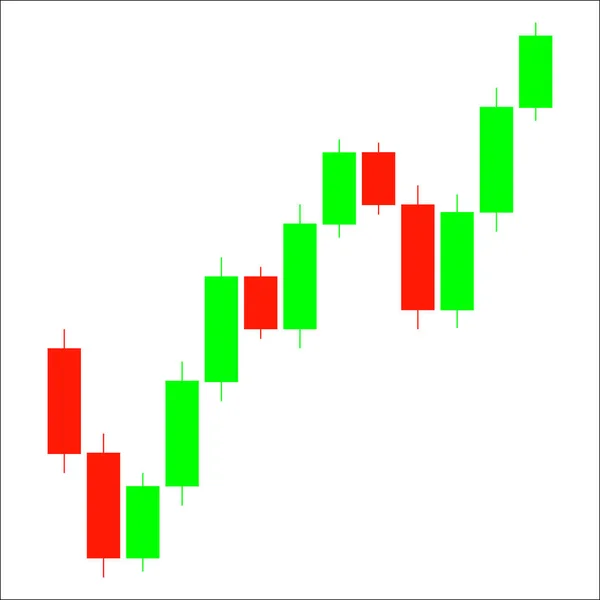
Histogram
A histogram is a graph that shows the distribution of numerical data by grouping it into bins and displaying how many data points fall into each bin.
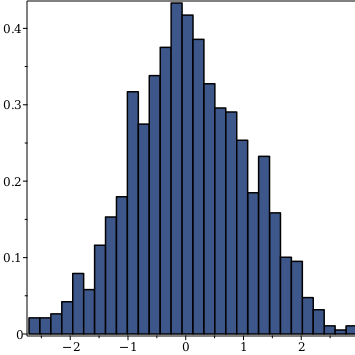
Gantt Chart
A gantt chart is a type of chart that displays the progress of a project over time, with each bar representing a task or milestone.
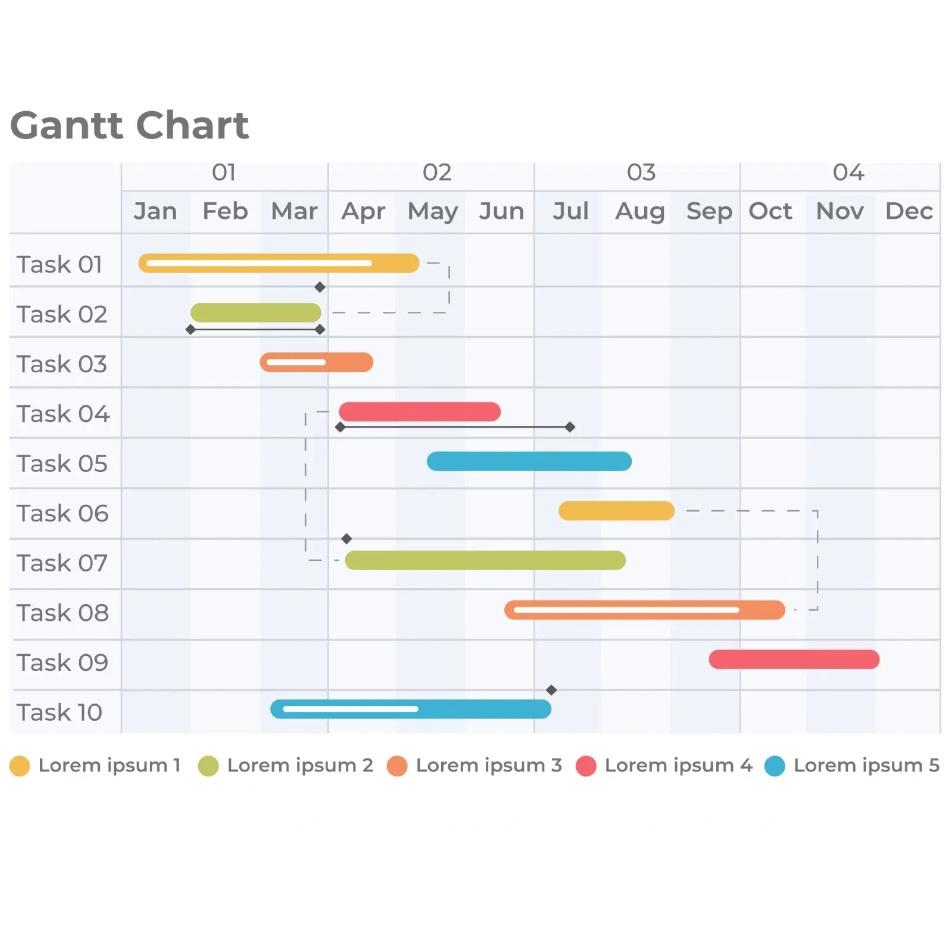
Chord Chart
A chord chart visualizes relationships between different entities, showing connections and their strengths through curved lines (chords) in a circular layout.
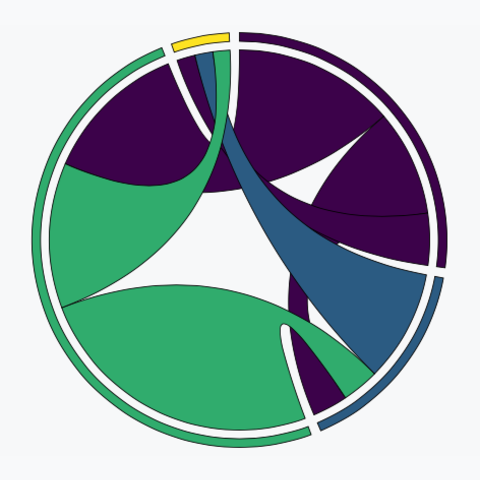
Gauge Chart
A gauge chart is a type of chart that displays a single value as a percentage within a circular gauge, with the value represented by a needle or pointer.
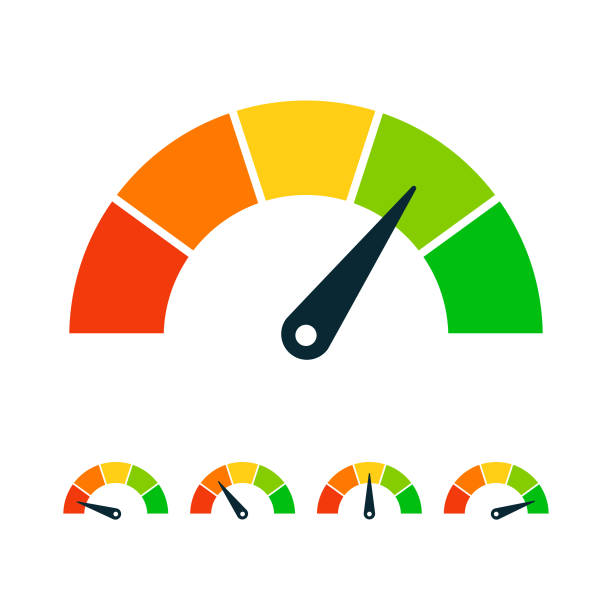
Treemap
A treemap displays hierarchical data using nested rectangles sized by values.

Map
A map is a visual representation of geographical data, showing locations and their associated values.
